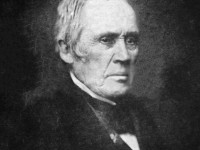Karl Gegenbaur and the Study of Comparative Anatomy
On August 21, 1826, German anatomist Karl Gegenbaur was born. Gegenbaur demonstrated that the field of comparative anatomy offers important evidence supporting of the theory of evolution. He was a strong supporter of Charles Darwin‘s theory of organic evolution, having taught and worked, beginning in 1858, with Ernst Haeckel.[6] Karl Gegenbaur noted that the most reliable clue to evolutionary history is homology, the comparison of anatomical parts which have a common evolutionary origin.…
Read more











